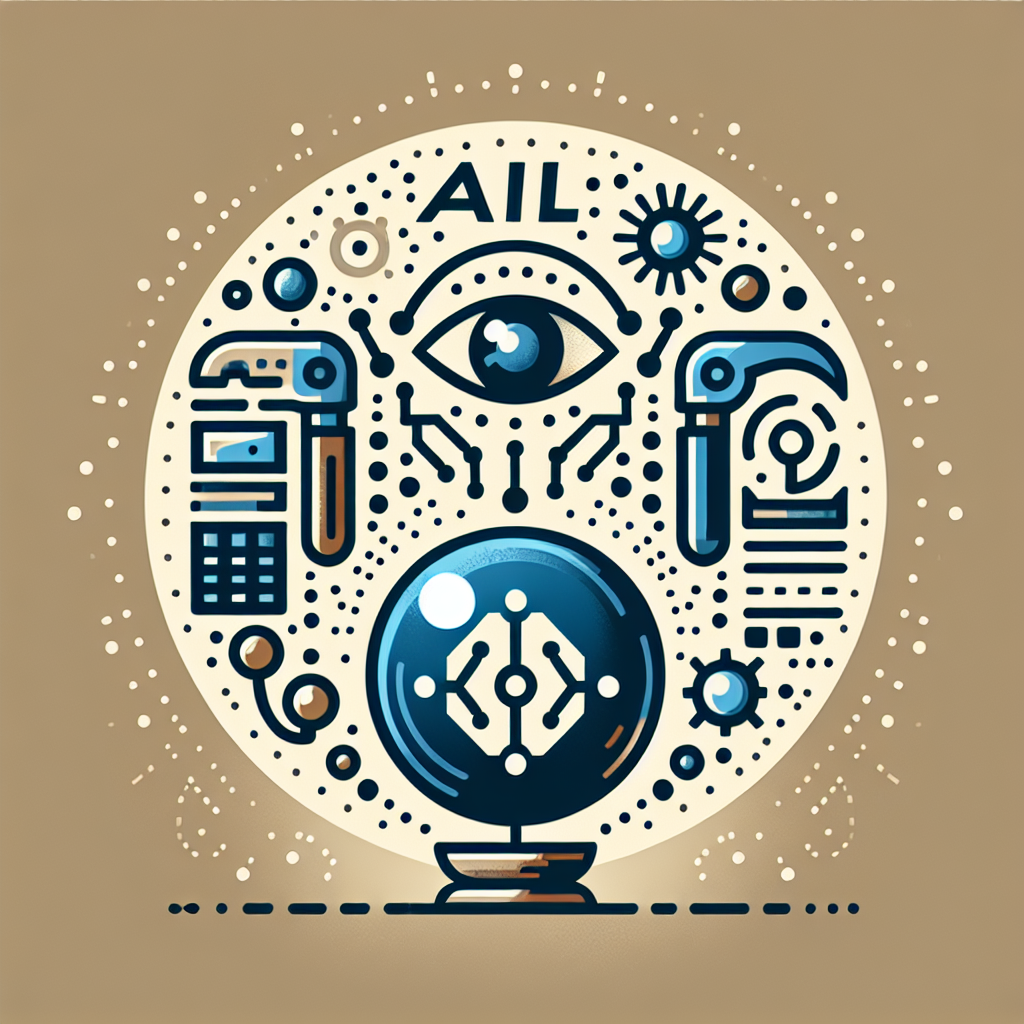The Role of AI Tools in Predictive Analytics
Predictive analytics is a field of data analysis that uses historical data to predict future outcomes. It involves a variety of statistical techniques and machine learning algorithms to identify patterns and trends in data that can be used to forecast future events. One of the key components of predictive analytics is the use of artificial intelligence (AI) tools to help analyze and interpret large volumes of data.
AI tools, such as machine learning algorithms, neural networks, and natural language processing, play a crucial role in predictive analytics by automating the process of data analysis and making predictions more accurate and reliable. These tools are able to process large amounts of data at a much faster rate than human analysts, and can identify patterns and trends that may not be immediately apparent to a human analyst.
One of the key benefits of using AI tools in predictive analytics is their ability to handle complex and unstructured data. Traditional data analysis techniques often struggle to make sense of data that is messy or incomplete, but AI tools are able to process this type of data with ease. This allows organizations to make more accurate predictions and decisions based on a wider range of data sources.
Another benefit of using AI tools in predictive analytics is their ability to continuously learn and improve over time. Machine learning algorithms, for example, can adapt to new data and adjust their predictions accordingly. This means that as more data is collected and analyzed, the predictions made by AI tools become more accurate and reliable.
In addition to improving the accuracy of predictions, AI tools also help organizations to identify new opportunities and risks that may not have been apparent before. By analyzing large volumes of data from a variety of sources, AI tools can uncover patterns and trends that may indicate new market trends, customer preferences, or potential risks to the organization.
Overall, the role of AI tools in predictive analytics is to help organizations make better decisions based on data-driven insights. By automating the process of data analysis, AI tools can help organizations to identify patterns and trends in data that may not be immediately apparent to human analysts. This allows organizations to make more accurate predictions, identify new opportunities, and mitigate risks more effectively.
FAQs
Q: What are some common AI tools used in predictive analytics?
A: Some common AI tools used in predictive analytics include machine learning algorithms, neural networks, natural language processing, and deep learning algorithms.
Q: How do AI tools improve the accuracy of predictions in predictive analytics?
A: AI tools improve the accuracy of predictions in predictive analytics by processing large volumes of data at a faster rate than human analysts, identifying patterns and trends that may not be immediately apparent, and continuously learning and adapting to new data.
Q: What are some benefits of using AI tools in predictive analytics?
A: Some benefits of using AI tools in predictive analytics include the ability to handle complex and unstructured data, continuously learn and improve over time, identify new opportunities and risks, and make more accurate predictions and decisions based on data-driven insights.

